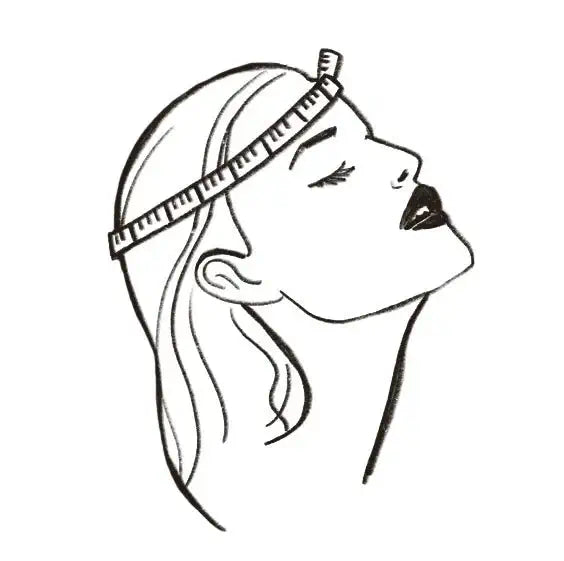Hat History: From Simple Head Covering to Fashion Statement
Sara Brady | April 24, 2023
Hats have been an integral part of human culture for thousands of years. From simple head coverings to elaborate fashion statements, hats have served various purposes throughout history. This article will explore the different types of hats and their evolution over time.
Early Hats
The earliest known hats were made from natural materials such as straw, animal hides, and plant fibers. These early hats were primarily used for protection from the sun and rain. In ancient Egypt, straw hats were used to keep the sun rays off the face and neck, and in Greece, wide-brimmed hats were worn by farmers to protect them from the sun.
In the Middle Ages, hats were worn as a symbol of social status. The wealthy wore elaborate hats made from expensive materials such as silk and fur, while the common people wore simpler hats made from wool or felt.
Renaissance and Baroque Era Hats
During the Renaissance and Baroque eras, hats became even more elaborate. Men's hats were often decorated with feathers, jewels, and other embellishments. Women's hats were also adorned with feathers, as well as ribbons, lace, and flowers.
One of the most iconic hats from this era is the tricorne hat. This hat, which was popular in the 18th century, had a brim that was folded up on three sides, creating a triangular shape. Both men and women wore the tricorne hat and was a symbol of wealth and social status.
19th Century Hats
In the 19th century, hats were an essential part of everyday attire. Men wore top hats, bowler hats, and fedoras, while women wore bonnets and wide-brimmed hats. The top hat, which was tall and cylindrical, was a symbol of wealth and was often worn by politicians and businessmen. The bowler hat, which had a rounded crown and a small brim, was popular among working-class men.
The fedora, which had a soft brim and a creased crown, was originally designed for women but became popular with men in the early 20th century. The fedora was often associated with gangsters and detectives in movies and was a symbol of masculinity.
20th Century Hats
In the 20th century, hats continued to evolve. During the 1920s, women's hats became smaller and more streamlined, reflecting the fashion trends of the time. The cloche hat, which was close-fitting and bell-shaped, was a popular style during this era.
In the 1930s, men's hats became less formal, and the fedora became a popular everyday hat. During World War II, hats were made from materials such as straw and felt, as the war effort required the use of wool for military uniforms.
In the 1950s, hats became less popular as fashion trends shifted towards more casual attire. Women's hats, in particular, became less common. However, in the 1960s and 70s, hats experienced a resurgence in popularity. The pillbox hat, which was worn by Jacqueline Kennedy, became a fashion icon of the era.
Modern Hats
Today, hats are worn for both practical and fashion purposes. Baseball caps and beanies are popular casual hats, while fedoras and bowler hats are still worn for formal occasions. Women's hats have also made a comeback, with wide-brimmed hats and fascinators being popular choices for weddings and other events.
Conclusion
Hats have a rich history that spans thousands of years. Although hats have fallen out of favor in recent years, they continue to be an important part of our culture and fashion. Whether worn for practical or fashion purposes, hats will always be an essential accessory for many people.
Are you looking for hats? Check out KIN THE LABEL. We found that the women’s accessories market was missing well-designed hats that were sophisticated, timeless, and celebrated the art of a handmade product. Shop today.




